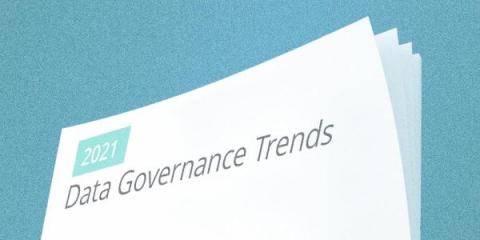Security | Threat Detection | Cyberattacks | DevSecOps | Compliance
Content Management
Recipient Specific Links
Activating the GDPR Policy
Disable Permissions Inheritance
Introducing Egnyte's Monthly Release Rollups
We’re kicking off a new series that will roll up our most recent product releases you need to know, all in one place. This first post will summarize some of the releases from the last few months. Moving forward, expect to see a post each month. We’re excited to share all the new features and product improvements we’ve been working on with you, so you can make the most of the Egnyte platform.
Egnyte Trends Report Details Content Sprawl, Ransomware Concerns
The 2021 Egnyte Data Governance Trends Report contains a plethora of interesting findings that offer insight into how we’ve been working collaboratively during the global pandemic, and the security threats that have arisen as a result.
3 Takeaways From the 2021 Egnyte for Life Sciences Summit
The 2021 Egnyte for Life Sciences Summit is in the books, and it was a big success. Biotech visionaries and industry analysts came together to outline the future of the life sciences as we emerge from the pandemic constraints and look to ramp up to our new normal. We presented over four hours of content, with hundreds of life science organizations attending.
Why-and How-Managed Service Providers Need to Evolve
As a managed service provider, you can never sit still. Change is constant, whether it’s the technology, business needs, or clients’ expectations. And while MSPs are accustomed to the churn, this time it’s different. Businesses are digitizing their assets and moving to the cloud, governments continue to layer on more data regulations, security threats are on the rise, and the pandemic has turned traditional office culture on its head.
Collaborate Seamlessly with Egnyte and Google Workspace
Today’s organizations utilize a multitude of solutions to create, share and manage their sensitive content. That business reality is exacerbated by additional cloud file storage solutions that result from acquisitions, competing employee preferences, or shadow IT initiatives. So, it’s no surprise IT teams struggle to manage and control document and file system sprawl.
Protect Your Business from Ransomware as a Service
Cloud-based business models such as infrastructure as a service and software as a service have balloon in popularity, gaining mainstream acceptance in recent years. Cloud providers benefit from superior economic models that scale while also reducing their development risk and complexity. However, with success comes attention, so it’s only logical that criminals have emulated these models.











